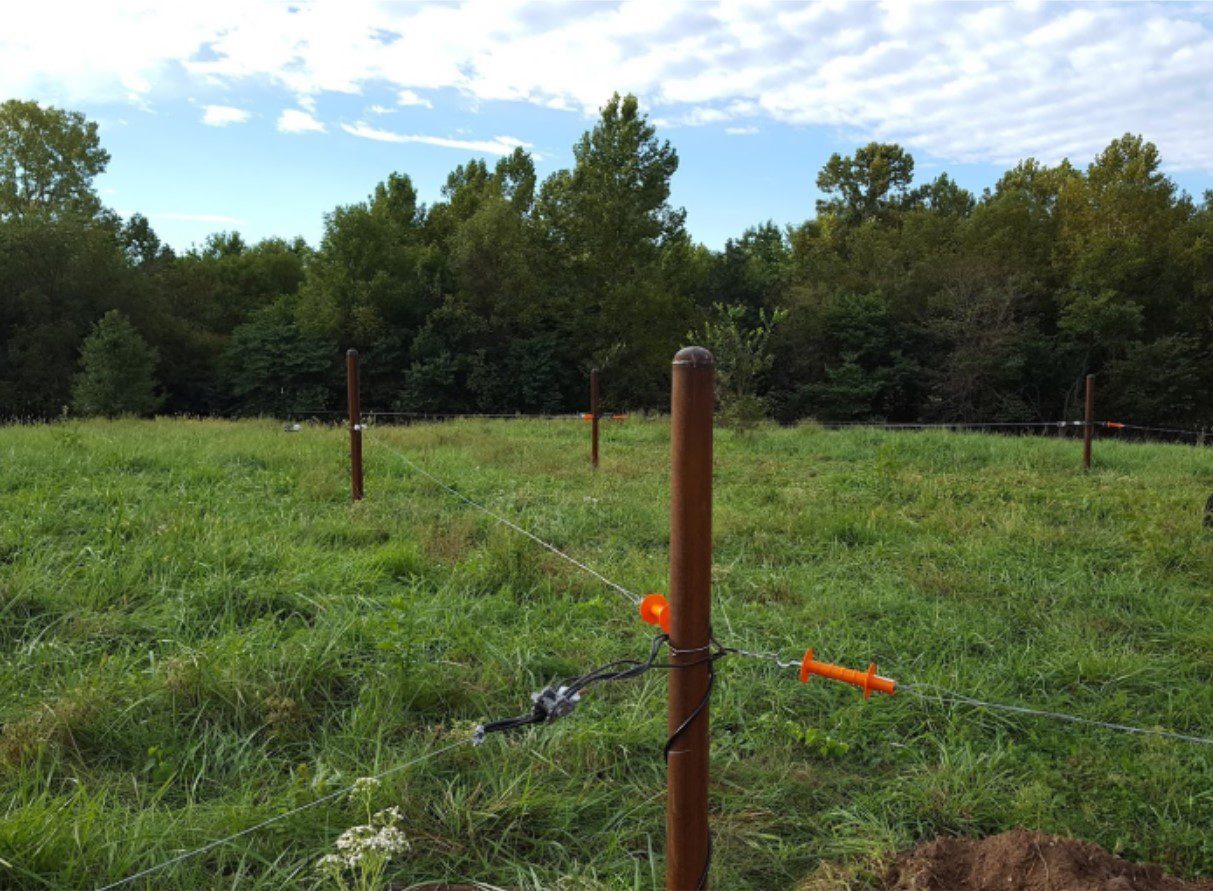Project Summary

Farming is a major land use in the Sac and James River Watersheds, and nearly all agriculture in these watersheds occurs on private land. Farming operations can occupy a wide spectrum of impact, ranging from land-healing to land-using and abusing. Not all farms are land-healing, but almost no farmer intends to degrade land and water. We find that land-healing farming methods are often adopted once people are exposed to these profitable, productive, and effective practices. With the help of City Utilities, local Natural Resources Conservation Services staff, and the Greene County Soil and Water Conservation District, we are working to renovate and reopen the Agricultural Demonstration Area (ADA) to provide another way to showcase and share excellent farming practices.
The ADA is located between Fellows Lake and McDaniel Lake. The land is owned by City Utilities, which has leased the parcel to WCO to manage this endeavor. The ADA will showcase riparian protection, prescribed/rotational grazing, warm and cool season pastures, and alternative watering systems. The ADA will be used for classes, tours, and scientific study, and offer sub-leases to local farmers who want to use the land within the restorative farming principals. The Natural Resources Conservation Service and the Greene County Soil and Water District will be the primary education partners, and Missouri State University and City Utilities will likely participate in the science and research aspects.
Some of the infrastructure from the original project have been re-used, and some of the previous improvements—like a warm-season grass pasture and a robust buffer of trees along the stream—will be valuable assets. Funds from the Little Sac Restoration and Improvement Project, City Utilities, and a grant from Lucky’s Market have helped bring the ADA back into working order. In 2018, this support allowed us to install new perimeter fencing, refurbish the watering system, install a water crossing, complete interior fencing (except for one water gap), install a new solar power unit for the electric fence, burn several tons of brush and trees accumulated in the process of re-clearing out the pasture areas, and accomplish many other tasks to get the place up and running.
Partners
CU, County Soil and Water Conservation District, USDA, MSU Ag

